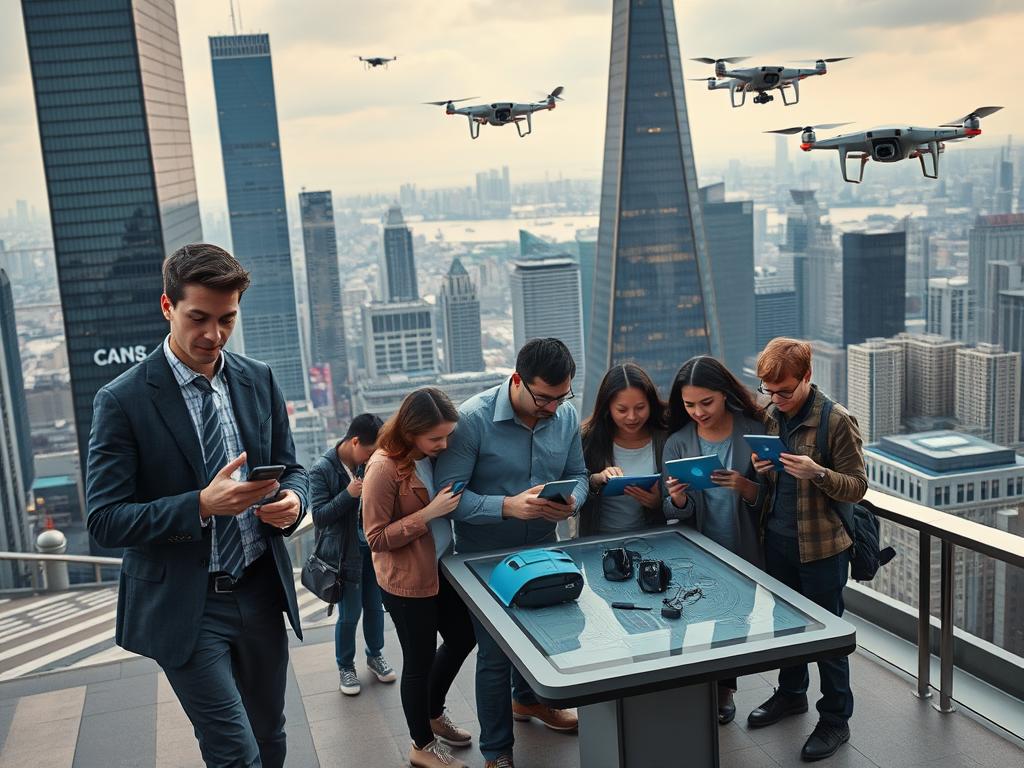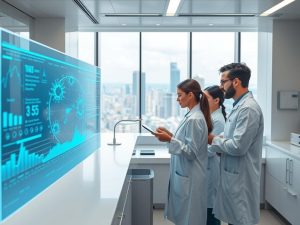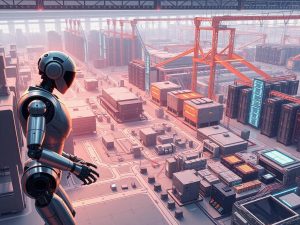Digital advancements now shape nearly every moment of our day. From morning alarms on smartphones to voice-controlled home systems like Alexa, tools once considered futuristic are now routine. Rideshare apps such as Uber and Lyft redefine transportation, while streaming platforms transform evening relaxation. These innovations create a world where convenience and connectivity dominate daily experience.
The shift from analog to digital systems reshapes how we access information and interact globally. Instant communication bridges continents, while cloud storage replaces physical filing cabinets. Workplaces now rely on collaborative software, and education leverages online platforms for flexible learning. This evolution highlights both progress and dependency.
While these tools offer efficiency, they also introduce challenges like data privacy concerns and screen-time debates. Balancing benefits with potential drawbacks becomes essential in a world driven by innovation. Understanding this duality helps individuals and communities make informed choices.
Key Takeaways
- Digital tools seamlessly integrate into daily routines, from communication to transportation.
- Global connectivity accelerates information sharing and collaboration across borders.
- Analog-to-digital transitions redefine work, education, and personal organization.
- Innovations create convenience but require mindful usage to address privacy concerns.
- Balancing technological benefits with societal well-being remains a critical modern challenge.
The Evolution of Technology in Daily Life
Our daily routines have been quietly revolutionized by invisible waves of innovation. Once-static activities now adapt to smartphones and cloud-based systems, creating seamless interactions between users and digital environments.
The Shift from Analog to Digital Media
Remember waiting for the morning paper or TV reruns? Those routines vanished as platforms like Netflix and Spotify delivered instant access. Physical albums became streaming playlists, while cable packages transformed into on-demand libraries.
This transition reshaped entire industries. Bookstores compete with e-readers, and radio stations face podcast challengers. Even Glance, a lock screen tool, delivers news updates without opening apps – proving content now finds us.
Changing Patterns of Content Consumption
People no longer adjust schedules for media. TikTok serves 60-second stories during coffee breaks, while YouTube tutorials answer questions mid-task. Over 80% of Americans stream videos weekly, prioritizing convenience over traditional formats.
Algorithms learn preferences, suggesting recipes or workouts before we search. This personalization creates echo chambers but also saves time. The result? A world where information flows like water – always available, endlessly adaptable.
Positive Transformations Through Technology
Modern innovations have redefined human potential across industries. These tools amplify capabilities while creating opportunities previously unimaginable. Three areas showcase this progress most vividly: how we connect, heal, and grow.
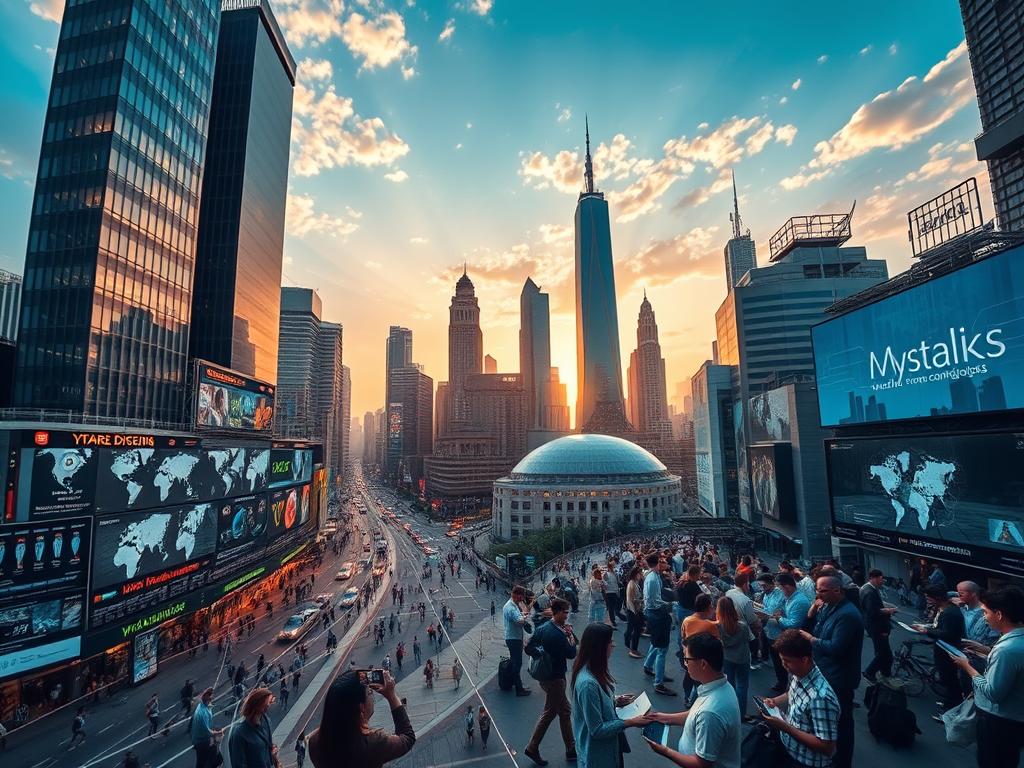
Enhanced Communication and Global Connectivity
Real-time collaboration now spans continents effortlessly. Platforms like Zoom and Slack enable teams in New York and Tokyo to brainstorm as if sharing one room. Communication barriers crumble with instant translation apps, while social media fosters cultural exchange at unprecedented scales.
Families separated by oceans share milestones through video calls. Entrepreneurs launch global ventures from laptops. This connectivity doesn’t just link devices—it bridges human experiences.
Advancements in Healthcare, Education, and Work
Medical breakthroughs save lives daily. AI analyzes X-rays faster than human eyes, while wearable devices alert users to heart irregularities. Telemedicine brings specialists to rural clinics via tablet screens.
In education, interactive apps turn complex theories into engaging lessons. Students in Montana access Ivy League lectures online. Workplace tools like Asana automate repetitive tasks, freeing time for creative problem-solving.
Cloud systems let architects design skyscrapers from coffee shops. These advancements prove progress isn’t just about speed—it’s about expanding what’s possible.
Challenges and Negative Impacts of Modern Tech
Modern devices simplify life yet pose significant challenges to focus and security. Constant connectivity fractures concentration while raising critical questions about data protection. These issues demand attention as digital tools become inseparable from daily lives.
Everyday Distractions and Productivity Loss
Notifications create a relentless tug-of-war for attention. Workers check phones 96 times daily on average – once every 10 minutes. This fragmentation cuts deep into productivity, with studies showing 23 minutes needed to refocus after each interruption.
Screens dominate leisure hours too. Adults spend 3+ hours daily scrolling social feeds instead of engaging with physical environments. The table below illustrates this shift:
| Activity | 1990s | 2020s |
|---|---|---|
| Work Focus Span | 150 minutes | 47 minutes |
| Leisure Screen Time | 1.5 hours | 4.2 hours |
| Uninterrupted Sleep | 7.5 hours | 6.1 hours |
Privacy Concerns and Data Security Issues
Personal information now fuels entire business models. Apps collect location details, purchase histories, and even typing patterns. Over 60% of users unknowingly share data with third-party trackers.
Breaches expose sensitive details weekly. Last year alone, 422 million Americans had medical or financial records compromised. Unlike physical theft, digital intrusions leave no broken locks – just silent technology failures.
Two-factor authentication and VPNs help, but 78% of people skip basic protections. This gap between awareness and action leaves lives vulnerable in our always-on world.
Work and Work-Life Balance in a Digital Era
The boundary between office desks and kitchen tables dissolved almost overnight. Digital platforms now enable professionals to design workflows from any location. This shift reshapes expectations around availability, productivity, and personal time.
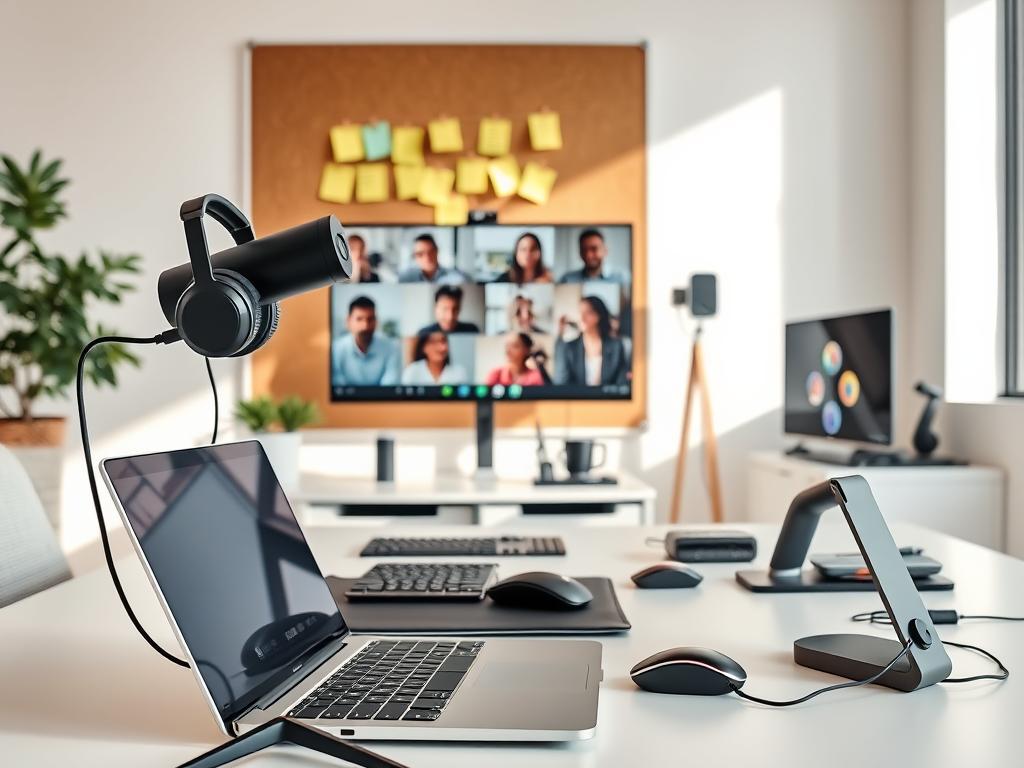
Remote Work and Collaboration Tools
Cloud-based systems like Slack and Microsoft Teams have become virtual offices. Video calls replicate face-to-face meetings, while shared drives replace filing cabinets. These tools allow real-time edits on documents by teams spanning multiple time zones.
| Aspect | Traditional Office | Digital Workplace |
|---|---|---|
| Meeting Setup | Conference Room Booking | Instant Video Links |
| File Sharing | Physical Copies | Cloud Uploads |
| Team Updates | Weekly Emails | Instant Messaging |
| Project Tracking | Whiteboards | Asana/Trello Boards |
Strategies for Maintaining Balance
Constant connectivity demands intentional boundaries. Professionals report checking emails 72% more frequently when working from home. The table below contrasts effective habits with common pitfalls:
| Effective Practice | Common Mistake |
|---|---|
| Scheduled “Offline Hours” | 24/7 Email Access |
| Dedicated Workspace | Working From Bed |
| Time-Blocking Techniques | Multitasking During Calls |
Organizations increasingly adopt mandatory disconnect policies. Some firms automate after-hours email delays, while others provide mindfulness app subscriptions. These solutions help teams thrive without sacrificing well-being.
how has technology impacted your life
Personal devices now orchestrate daily routines with precision once reserved for personal assistants. Morning alarms trigger coffee makers, while navigation apps reroute commuters around traffic. These silent integrations create frictionless transitions between tasks, blurring lines between physical and digital spaces.

Personal Experiences and Digital Integration
Smartphones manage communication, payments, and entertainment through thumbprint-sized icons. Ride-share apps eliminate parking headaches, while voice commands adjust home temperatures remotely. Over 70% of Americans use phones for at least five daily functions beyond calls.
Smart homes learn user habits. Lights dim when streaming services activate, and security systems recognize family members. This adaptive environment reduces decision fatigue, freeing mental space for creative pursuits.
Social platforms maintain connections across time zones. Grandparents watch soccer games via livestream, while colleagues collaborate through shared cloud folders. Digital tools bridge gaps but require conscious boundaries to prevent overreliance.
Fitness trackers and budgeting apps create personalized feedback loops. They transform abstract goals into measurable progress, fostering accountability. Yet constant data collection sparks debates about autonomy in our daily lives.
Emerging Technologies and Their Societal Influence
Cutting-edge innovations are rewriting the rules of interaction and problem-solving. Networks now transmit data faster than human reflexes, while machines decode complex patterns in seconds. This shift creates ripple effects across industries and daily experiences.
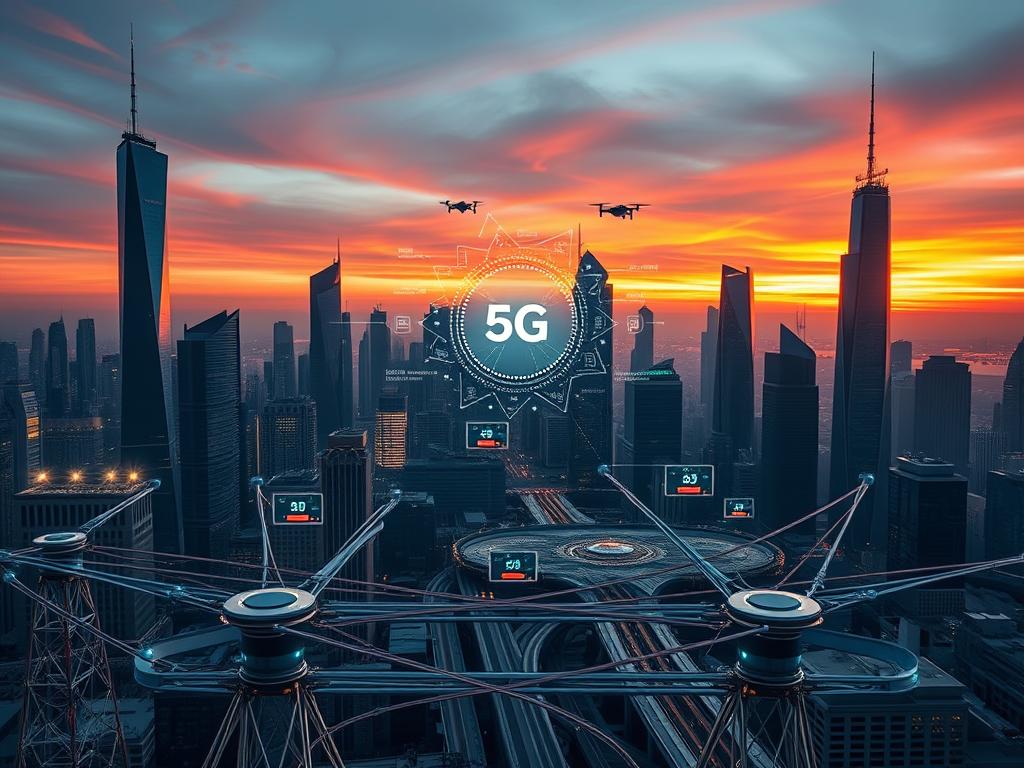
The Rise of 5G, AI, and Machine Learning
Fifth-generation networks deliver speeds 100x faster than 4G, with delays shorter than a camera blink. Surgeons perform remote operations using real-time data streams, while augmented reality apps overlay navigation cues on city streets. These advancements eliminate barriers once thought permanent.
AI models like GPT-4 now draft legal contracts and diagnose rare diseases. Machine learning systems optimize supply chains by predicting shortages weeks in advance. Over 40% of manufacturers use these tools to reduce waste and boost output.
Implications for Future Connectivity and Workplace Innovation
Smart cities harness 5G and IoT sensors to ease traffic jams and cut energy use. Barcelona’s streetlights adjust brightness based on pedestrian activity, saving $37 million annually. Such platforms blend physical infrastructure with digital intelligence.
Workplaces evolve as AI handles repetitive tasks. Lawyers use algorithms to review contracts in minutes instead of days. Yet this efficiency demands new skills – 74% of employers now prioritize data literacy over traditional credentials.
Ethical questions surface as connectivity expands. Who controls the data from smart trash bins? Can biased algorithms be corrected? Addressing these concerns ensures progress benefits all users equally.
Conclusion
Innovations weave through daily experiences, reshaping interactions and expectations. From instant messaging bridging continents to software streamlining workflows, digital tools redefine what’s possible. Businesses now rely on cloud platforms for global operations, while individuals access vast information libraries in seconds.
This connected world demands balance. While computers simplify tasks, they also require mindful usage to protect privacy and mental well-being. Schools teach digital literacy alongside traditional subjects, preparing younger generations to navigate evolving landscapes.
Access to real-time data empowers communities but raises ethical questions. As algorithms influence decisions, critical thinking remains vital. The future hinges on leveraging technology responsibly – enhancing lives without compromising human connections.
Progress thrives when innovation aligns with collective needs. By prioritizing equitable access and transparent systems, society can harness tools to build a more informed, inclusive world.

